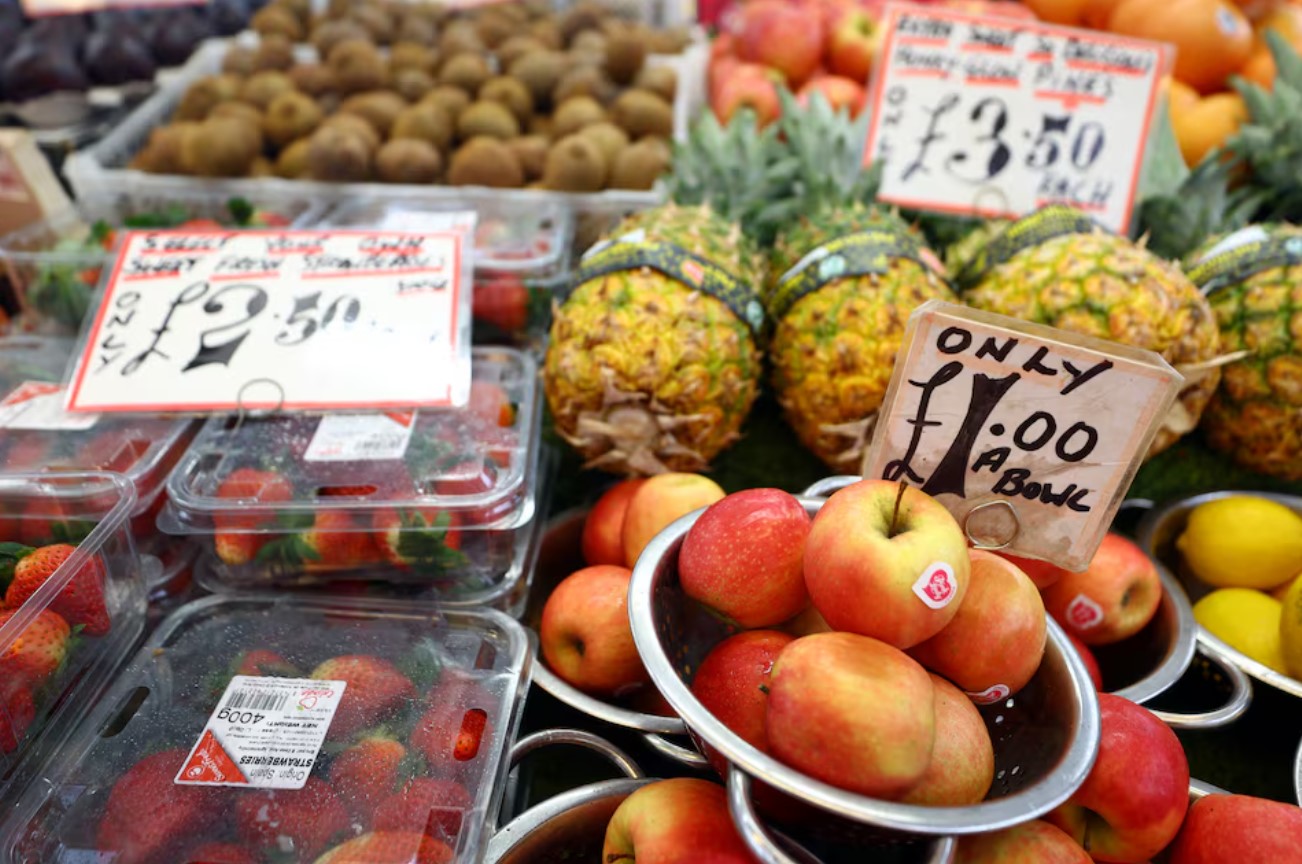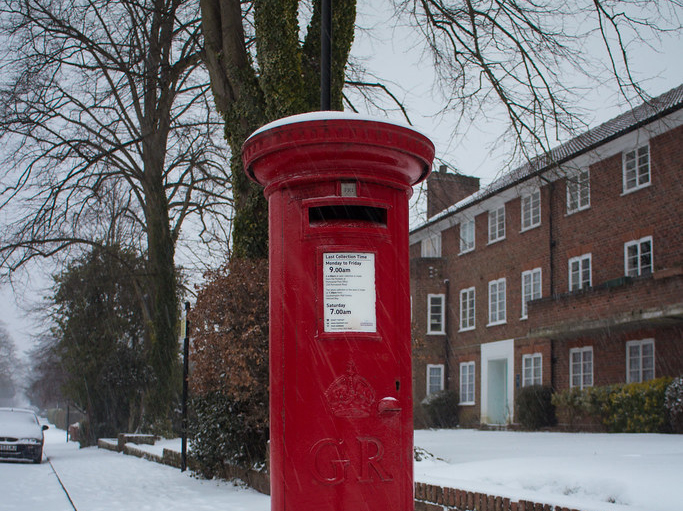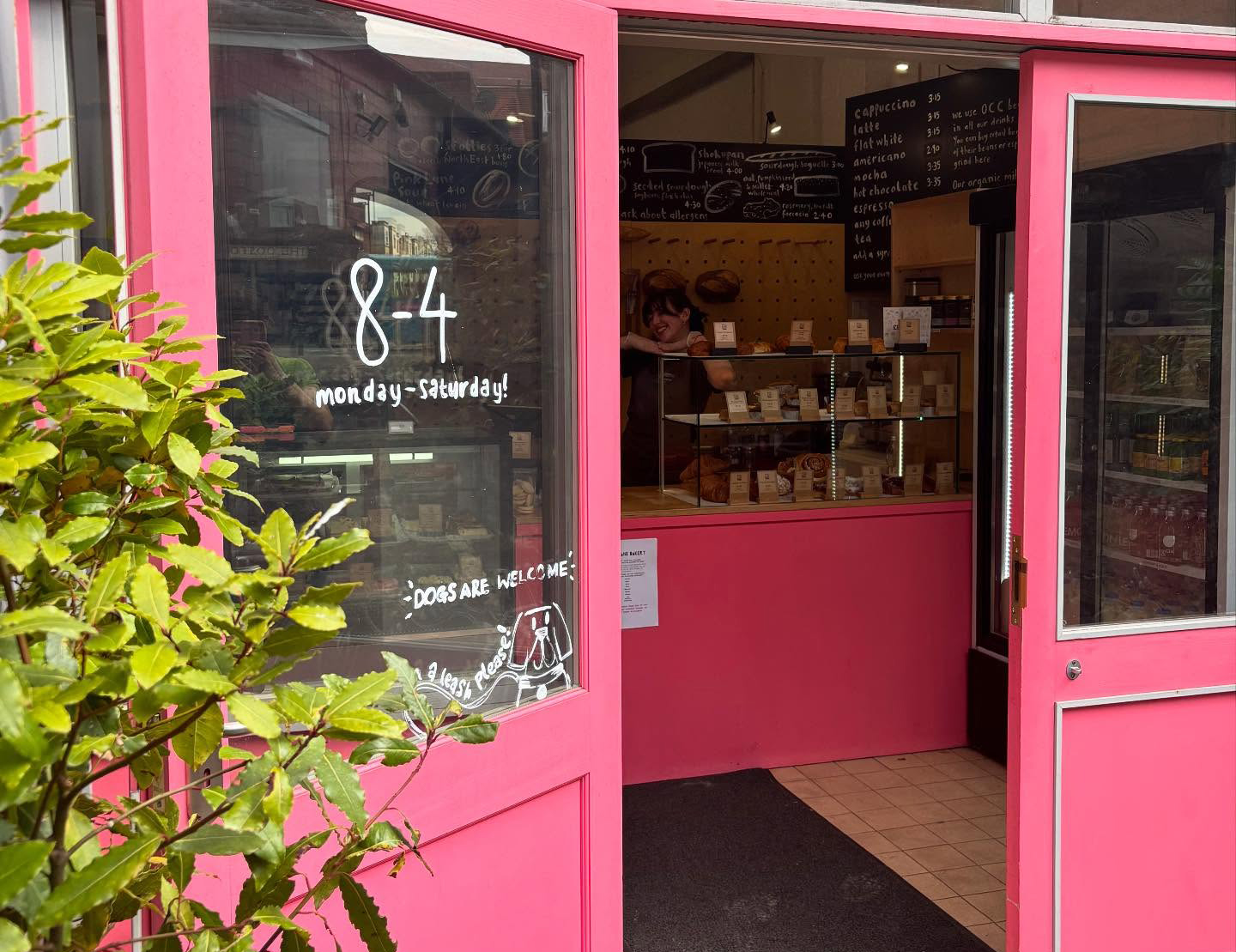British grocery price inflation edged higher in March, industry data showed on Tuesday, putting more pressure on consumers’ budgets at a time when they are facing several other cost increases.
Market researcher Kantar said annual grocery price inflation was 3.5 per cent in the four weeks to March 23, versus 3.3 per cent in last month’s report.
UK grocery sales rose 1.8 per cent over the same period year-on-year, the slowest rate of growth since June last year.
That growth implies a drop in sales volumes, once inflation is taken into account.
Kantar said prices were rising fastest in chocolate confectionery, butter and spreads, and chilled smoothies and juices, and were falling fastest in dog and cat food and household paper products.
In addition to rising food prices, Britons’ spending power is under pressure from increased energy and water bills, and higher local taxes.
UK retailers have warned that employer tax rises imposed in the Labour government’s first budget, together with another rise in the national minimum wage and a new packaging levy, will also be inflationary.
Industry researcher the Institute of Grocery Distribution has forecast that food inflation could hit nearly 5 per cent this year.
A separate survey from the British Retail Consortium, also published on Tuesday, showed overall UK shop prices fell by 0.4 per cent in the 12 months to March, while food prices rose 2.4 per cent.
Discounter Lidl was the best performing bricks and mortar supermarket over the 12 weeks to March 23, with sales up 9.1 per cent year-on-year, Kantar said.
It was followed by fellow discounter Aldi, with growth of 5.6 per cent, and market leader Tesco (TSCO.L), with growth of 5.4 per cent.
Asda, Britain’s third largest grocer, remained the industry laggard, with a sales fall of 5.6 per cent and a 1.1 percentage points loss of market share over the year.
Last month, Asda launched a major campaign of price cuts to try to regain lost market share, sending shares in Tesco and Sainsbury’s (SBRY.L) lower.







Click here to change your cookie preferences